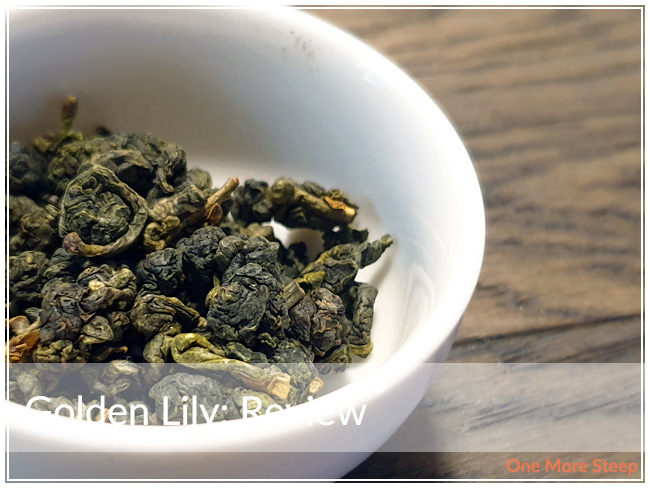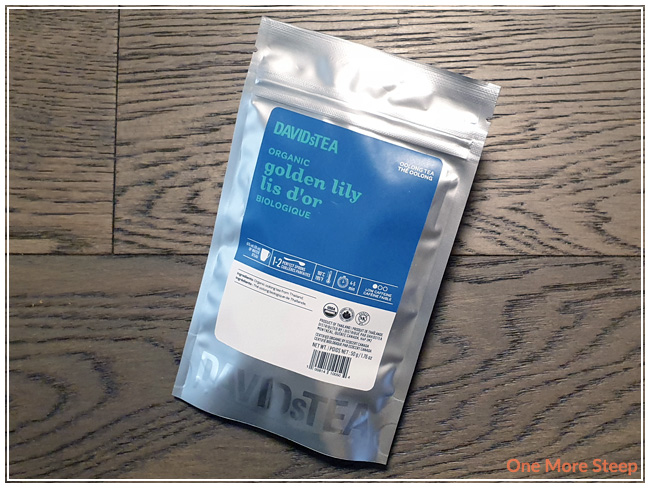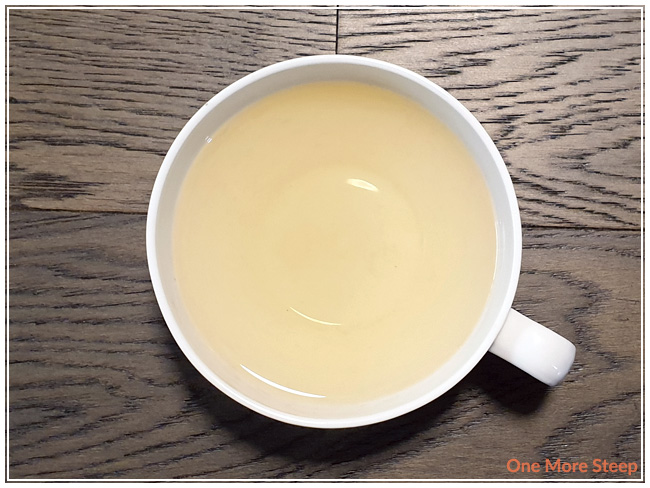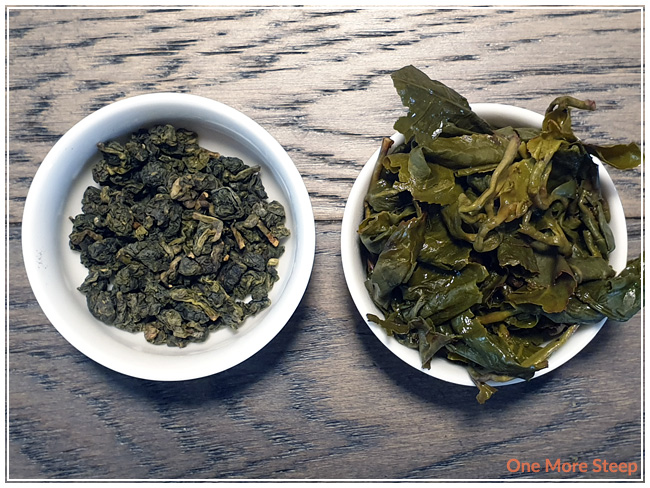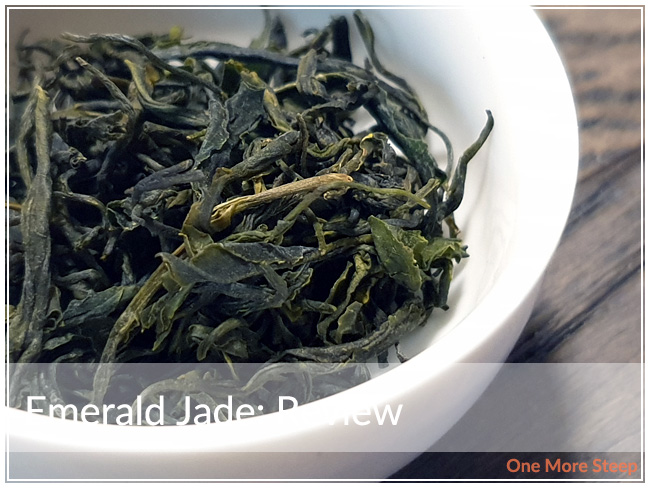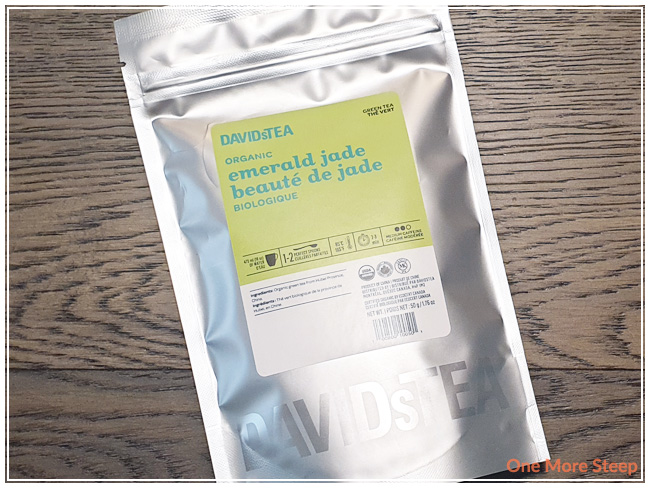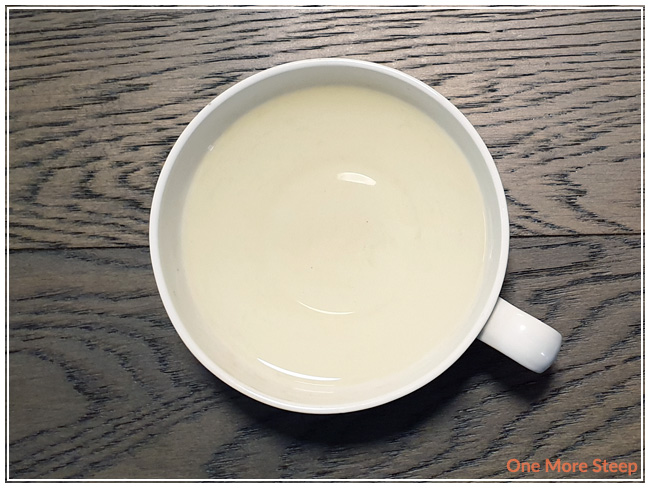9 Berries by DavidsTea
Fruit Infusion / Flavoured
$9.98 for 50g
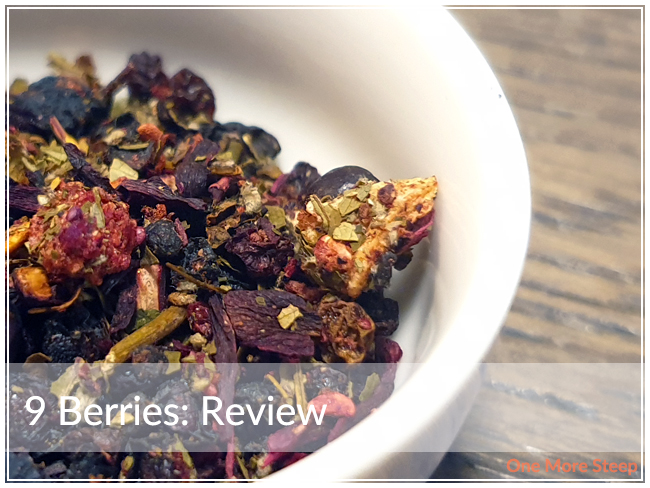
First Impressions
As the weather turns a bit cooler, I’m torn between a love for fruity infusions, and things with a bit more spice (chai spice blends, I’m looking at you!). 9 Berries comes in a familiar silver pouch that’s sealed and resealable, a bright yellow label on the front. There was no indication about enjoying this tisane as hot or iced, so I opted to try it hot because the weather outside was grey, rainy, and windy when I finally had the opportunity to sit down and try it.
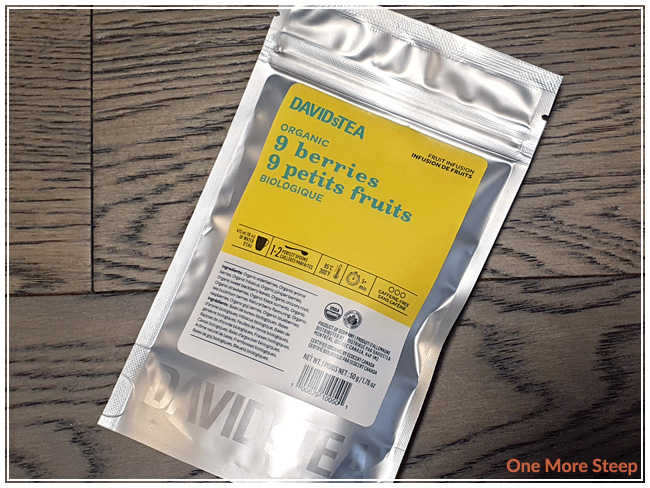
9 Berries contains organic: elderberries, aronia berries, hibiscus, juniper berries, sweet blackberry leaves, chicory root, strawberries, black currants, sea buckthorn berries, natural berry flavouring, raspberries, goji berries, and blueberries. And if you’ve been counting, it really is nine berries in this blend (creative naming or just phoning it in?). The aroma of the blend is very fruity, as one might expect. It reminds me a lot of that ‘mixed field berry’ aroma from a jar of jam. Just very fruity, sweet, and inviting.
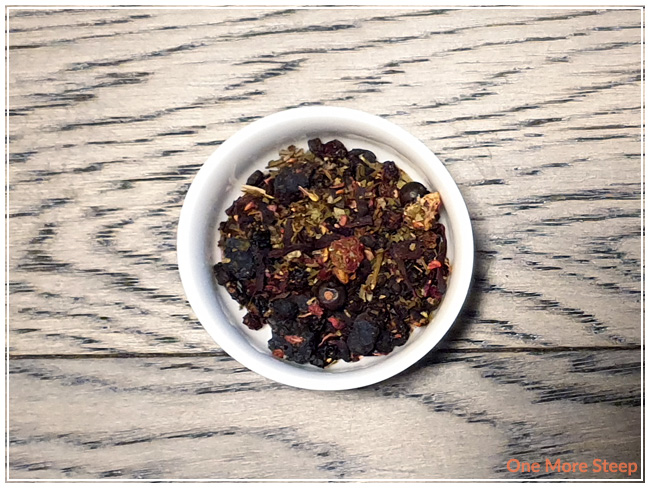
Preparation
DavidsTea recommends steeping 9 Berries in 95°C (200°F) water for 5+ minutes. I opted to follow the recommended water temperature and do a steep for 7 minutes.
First Taste
9 Berries steeps to an amazingly dark shade of reddish pink. From all the berries involved in the blend, it’s no wonder that the tisane is such a deep colour. The aroma is purely berries – just a rich, fruity aroma with plenty of sweetness to go around. It definitely has the aroma of a berry fruit punch, and it even tastes like one! However, it is not as sweet as one might expect. While there is some natural sweetness that comes out of the steeped fruit, it lacks the amount of sugar that one might find in jam or honey, although it certainly wouldn’t hurt to add your own (sweetener, that is). There is a considerable about of mouth pucker that happens when drinking 9 Berries. A lot of it definitely has to do with the hibiscus – there’s a nice amount of tartness in the tisane. It goes nicely with the fruity flavours from all the berries though – it reminds me of biting into a not quite fully ripen berry.
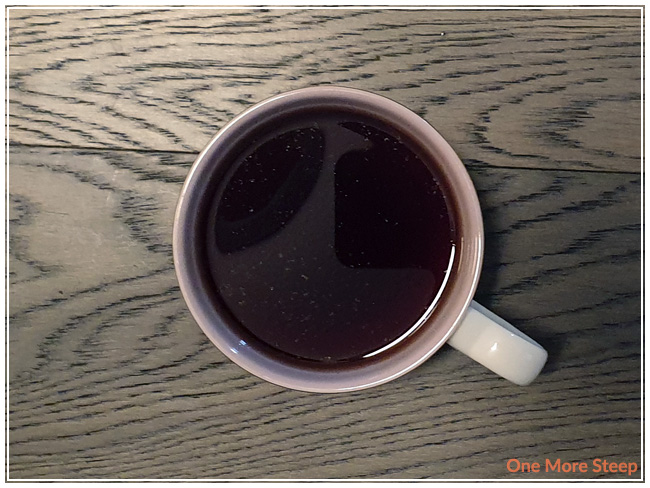
A Second Cup?
I resteeped 9 Berries once, adding an additional 30 seconds for the subsequent steep. I found that the berries didn’t quite resteep nearly as well as I would have liked. It lacks that punch of flavour that was so present in the initial steep. I would recommend 9 Berries for just the initial steep.
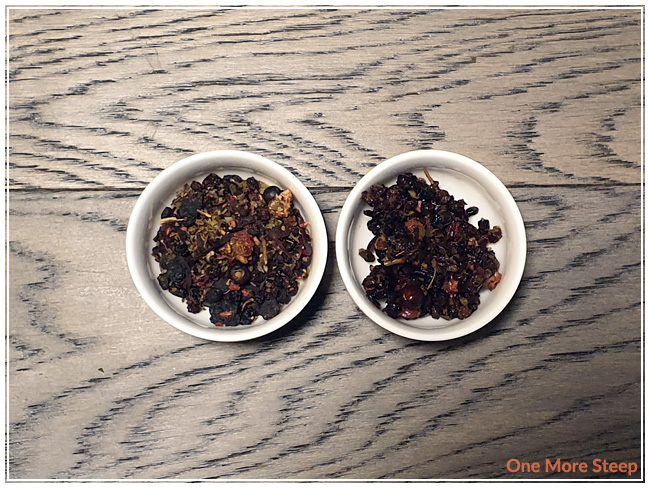
My Overall Impression
![]()
I loved DavidsTea’s 9 Berries. I found that the flavour to be really enjoyable with a great amount of fruity flavour and just enough sweetness to really make it tasty. I would recommend adding sweetener if you like having sweet fruity tisanes. Also blending it with some lemonade – just a splash to accentuate the tartness from the hibiscus would be just stellar. Having it iced might be a good idea too, although I quite enjoyed having it hot – just made for a nice cup of tisane on a cold day.
Curious about the cup rating system? Click here to learn more.
